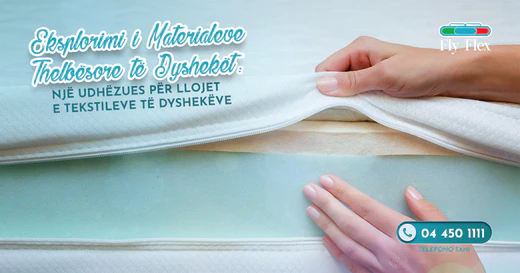Looking for the perfect material for your mattress? Look no further! In this article, we will explore the most useful materials for mattresses, specifically focusing on types of textiles. When it comes to choosing the right material for your mattress, it’s important to consider factors such as comfort, durability, and breathability.
Importance of Choosing the Right Mattress Material
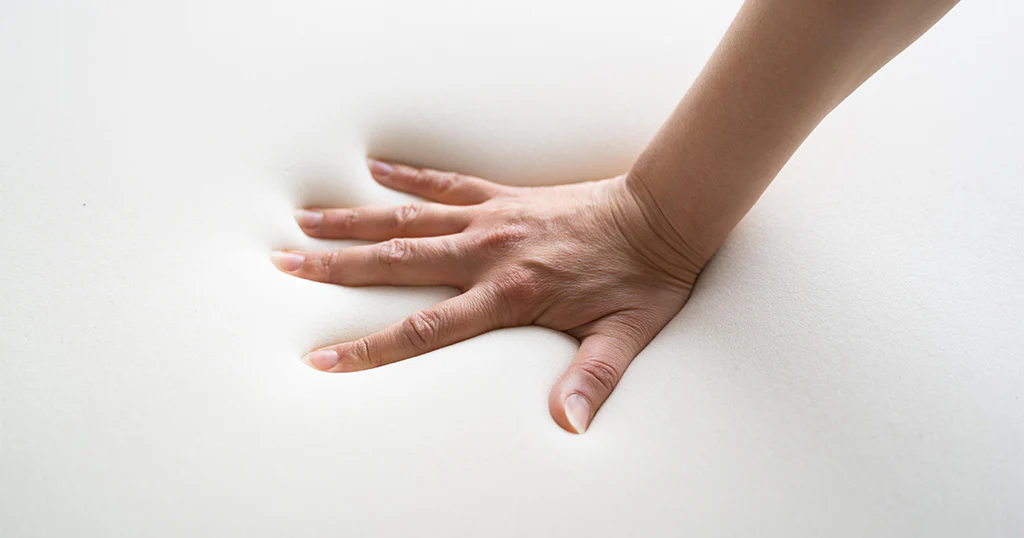
Selecting the right mattress material is crucial for a good night’s sleep. The material you choose can greatly impact your comfort level and overall sleep quality. It’s important to find a material that suits your specific needs, whether you prefer a cool and breathable surface, personalized support, or sustainability.
Natural Materials for Mattresses
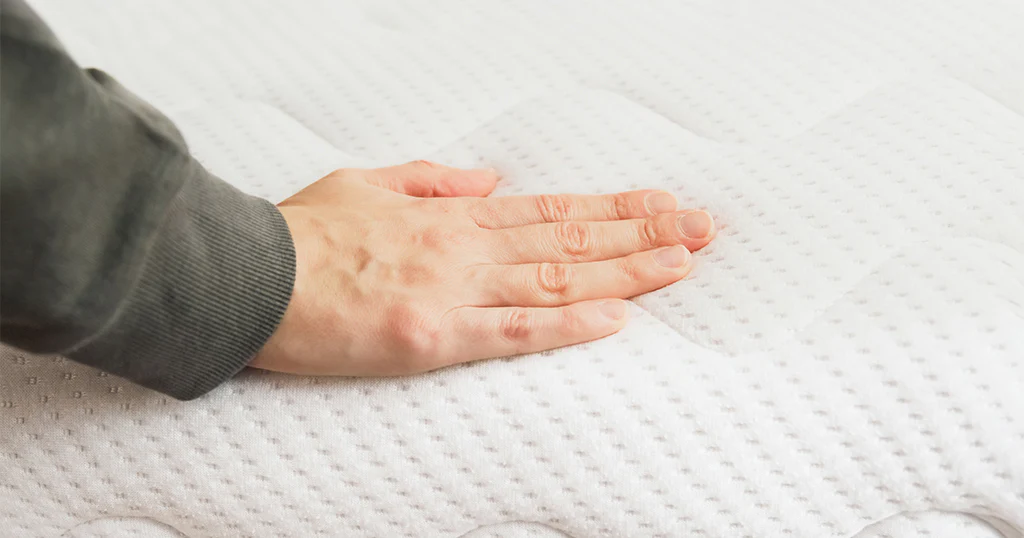
One popular textile used in mattresses is cotton. Known for its softness and breathability, cotton provides a comfortable sleeping surface while allowing for proper airflow, keeping you cool throughout the night. Cotton is a natural material that is hypoallergenic, making it a great choice for individuals with allergies or sensitivities.
Another natural material to consider is memory foam. Memory foam mattresses have gained popularity in recent years due to their ability to contour to your body shape, providing personalized support and pressure relief. Made from polyurethane foam, memory foam mattresses are known for their ability to alleviate pain and promote better spinal alignment.
For those looking for a more eco-friendly option, natural latex is an excellent choice. Derived from the sap of rubber trees, natural latex offers both comfort and environmental sustainability. It is naturally hypoallergenic, resistant to dust mites, and provides excellent support and pressure relief.
Synthetic Materials for Mattresses
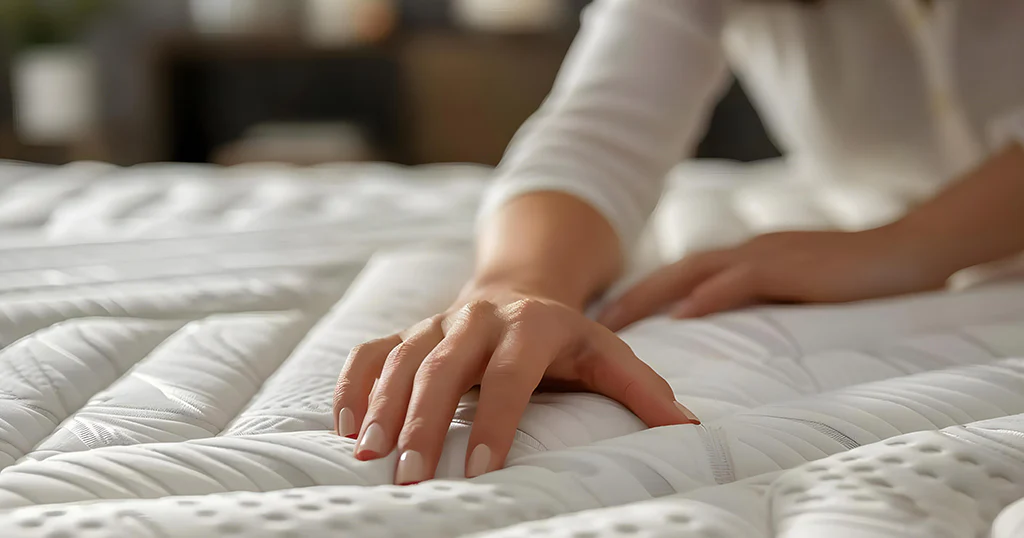
While natural materials have their benefits, synthetic materials also have their place in the mattress industry. One popular synthetic textile used in mattresses is polyester. Polyester mattresses are known for their affordability and durability. They are resistant to wrinkles, stains, and fading, making them a practical choice for those seeking a long-lasting mattress.
Another synthetic material commonly used in mattresses is polyurethane foam. This type of foam is known for its ability to provide support and cushioning. It is often used as a base layer in mattresses to provide stability and durability.
Comparison of Natural vs Synthetic Materials
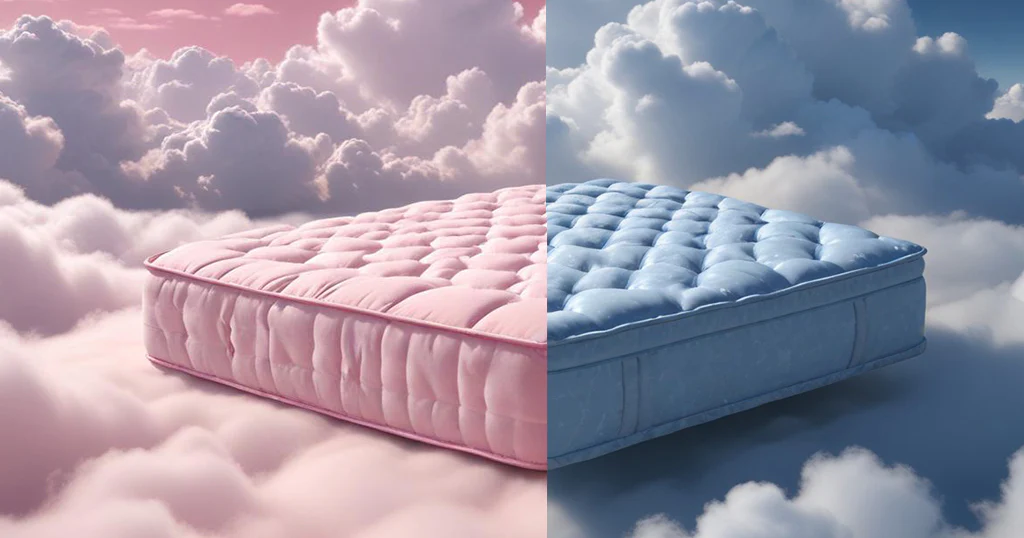
When deciding between natural and synthetic materials for your mattress, it’s important to consider the pros and cons of each. Natural materials like cotton, memory foam, and natural latex offer comfort, breathability, and sustainability. They are often hypoallergenic and provide excellent support. However, natural materials can be more expensive compared to their synthetic counterparts.
On the other hand, synthetic materials like polyester and polyurethane foam offer affordability and durability. They are often resistant to stains and wrinkles, making them easy to maintain. However, synthetic materials may not offer the same level of breathability as natural materials and may have a shorter lifespan.
Common Types of Natural Textile Materials for Mattresses
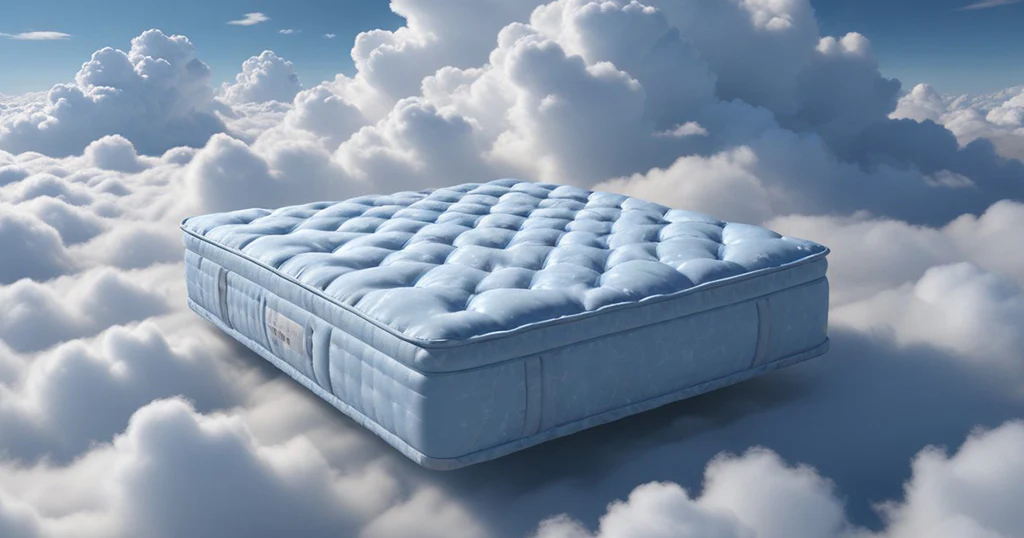
In addition to cotton, memory foam, and natural latex, there are other natural textile materials that are commonly used in mattresses. Bamboo fabric, for example, is known for its softness and breathability. It is also naturally antibacterial and hypoallergenic, making it a great choice for individuals with allergies or sensitivities.
Silk is another natural textile material that is sometimes used in mattresses. It is known for its luxurious feel and temperature-regulating properties. Silk can help keep you cool in the summer and warm in the winter, providing a comfortable sleeping surface year-round.
Wool is a natural material that is often used as a mattress filling. It offers excellent breathability and moisture-wicking properties, helping to regulate your body temperature while you sleep. Wool is also naturally fire-resistant, making it a safe choice for mattresses.
Common Types of Synthetic Textile Materials for Mattresses
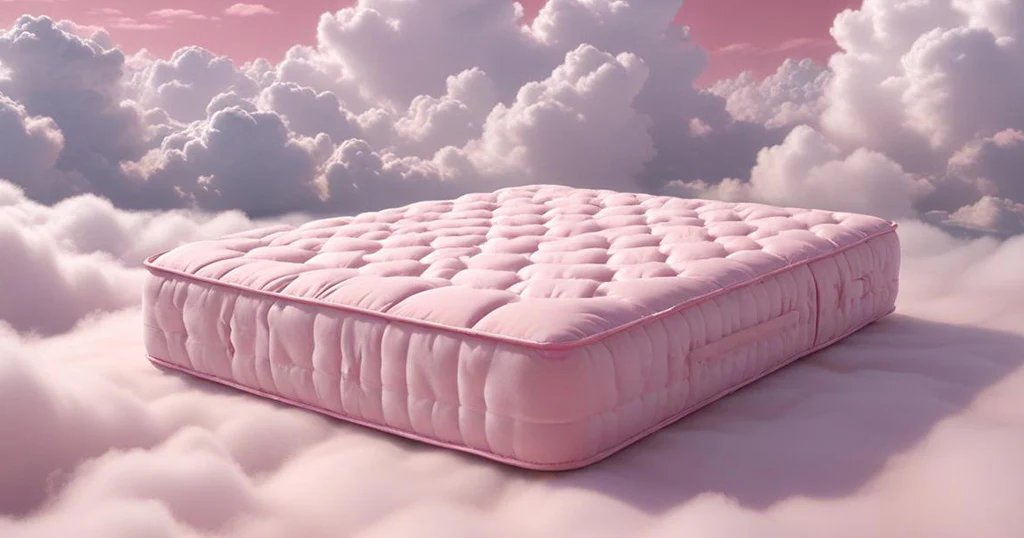
In addition to polyester and polyurethane foam, there are other synthetic textile materials commonly used in mattresses. Rayon, for example, is a semi-synthetic material made from regenerated cellulose fibers. It is known for its softness and moisture-wicking properties, making it a comfortable choice for mattresses.
Another synthetic material used in mattresses is nylon. Nylon is known for its strength and durability, making it a popular choice for mattress covers and encasements. It is resistant to abrasion and can withstand heavy use, ensuring that your mattress stays in good condition for years to come.
Factors to Consider When Selecting Mattress Materials
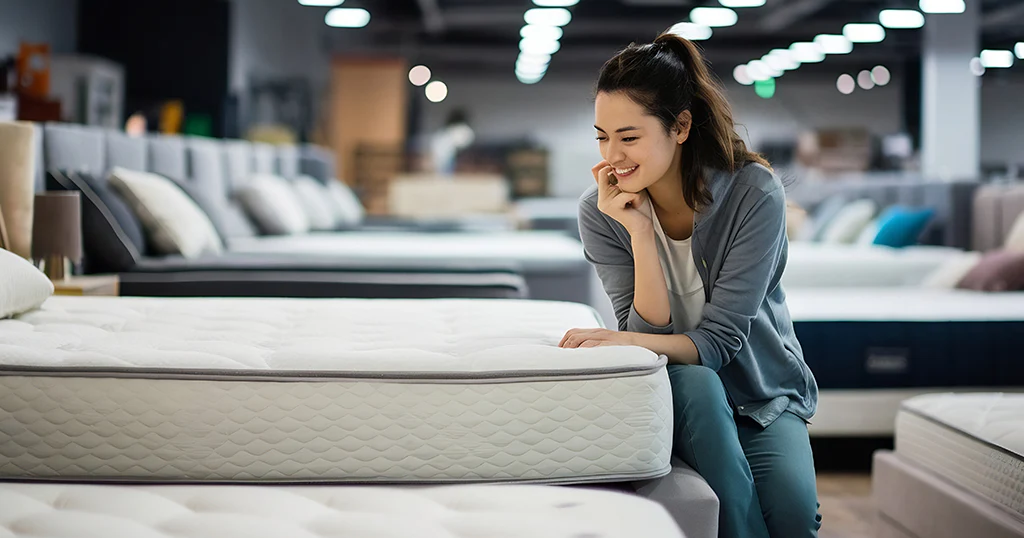
When choosing the right mattress material, there are several factors to consider. Firstly, consider your personal preferences and sleep needs. Do you prefer a soft or firm mattress? Do you have any allergies or sensitivities? These factors will help guide you in selecting the right material for your mattress.
It’s also important to consider the climate in which you live. If you live in a hot and humid environment, you may want to choose a material that offers excellent breathability and moisture-wicking properties. On the other hand, if you live in a colder climate, you may want to choose a material that offers excellent insulation and warmth.
Lastly, consider the longevity and maintenance of the material. Some materials may require more maintenance than others, such as regular cleaning or rotating. Consider your lifestyle and how much time you are willing to invest in maintaining your mattress.
Maintenance and Care for Mattress Materials
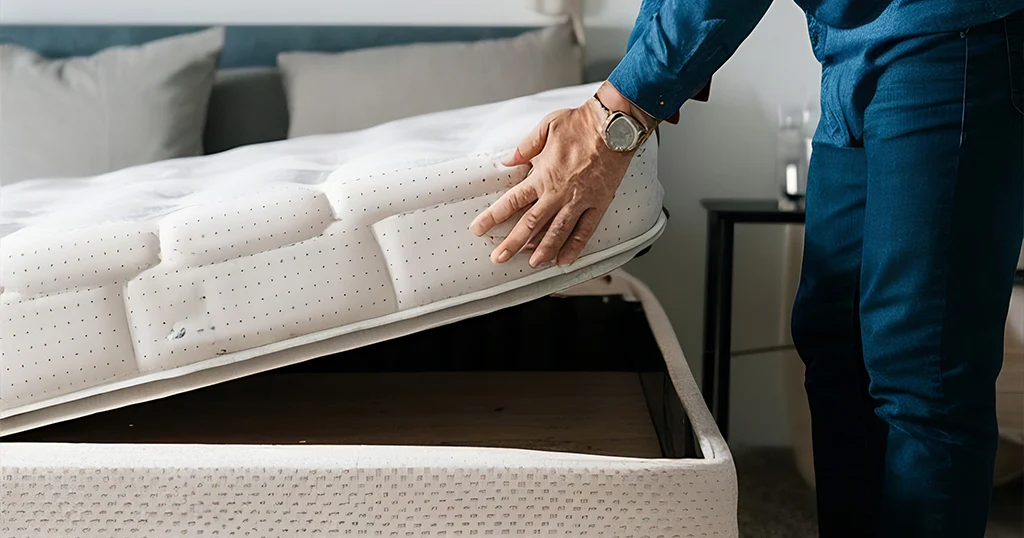
To ensure the longevity of your mattress, it’s important to follow proper maintenance and care guidelines. Each material may have different care instructions, so it’s important to check with the manufacturer for specific recommendations. However, here are some general tips to keep in mind:
- Regularly rotate your mattress to distribute the wear evenly.
- Use a mattress protector to prevent stains, spills, and dust mites.
- Clean your mattress regularly according to the manufacturer’s instructions.
- Avoid using harsh chemicals or solvents on your mattress.
- Keep your mattress in a well-ventilated area to prevent moisture buildup.
By following these maintenance and care tips, you can extend the lifespan of your mattress and ensure that it continues to provide you with a comfortable and restful sleep.
Conclusion: Choosing the Best Mattress Material for Your Needs
In conclusion, selecting the right mattress material is essential for a good night’s sleep. Whether you prefer the comfort and breathability of natural materials like cotton, memory foam, and natural latex, or the affordability and durability of synthetic materials like polyester and polyurethane foam, there is a textile out there that will meet your specific needs.
Consider factors such as comfort, durability, breathability, and personal preferences when making your decision. Take into account your climate and lifestyle, as well as the maintenance and care requirements of the material. By choosing the best mattress material for your needs, you can ensure a comfortable and restful sleep night after night. Happy mattress shopping!
FAQs
– Ruota il tuo materasso regolarmente per distribuire l’usura in modo uniforme.
– Usa un coprimaterasso e pulisci il materasso secondo le istruzioni del produttore.
– Evita l’uso di sostanze chimiche aggressive e tieni il materasso in un’area ben ventilata.
– I materiali naturali offrono comfort, traspirabilità e sostenibilità.
– Spesso sono ipoallergenici e forniscono eccellente supporto e sollievo dalla pressione
– Comfort, durabilità, traspirabilità e preferenze personali sono fattori cruciali da considerare.
– Anche il clima e lo stile di vita, così come i requisiti di manutenzione e cura, dovrebbero essere presi in considerazione.
– I materiali sintetici offrono accessibilità economica, durabilità e resistenza a macchie e pieghe.
– Tuttavia, potrebbero non offrire lo stesso livello di traspirabilità dei materiali naturali.

